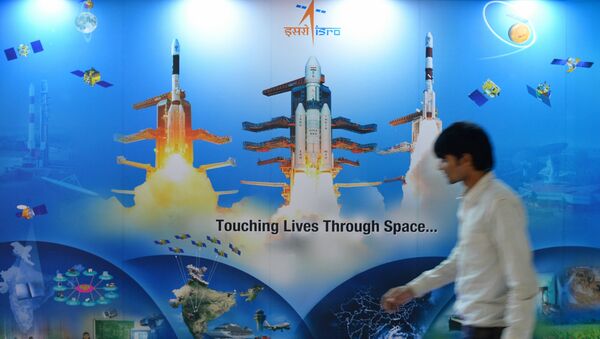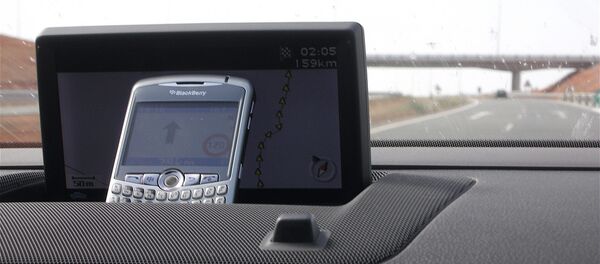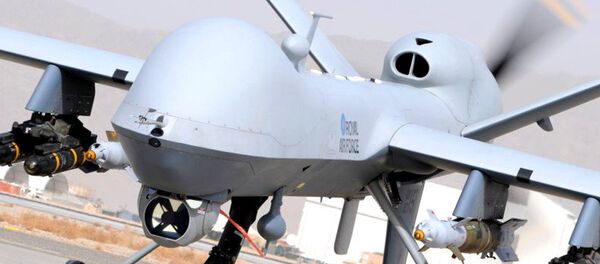ISRO has already achieved the miniaturization of chipsets that are used in wireless devices. The agency's Space Application Centre (SAC) is reportedly working on the development of NavIC user receiver, which is key to finding user position. SAC has the technology for this in larger form.
SAC is working on different kinds of hardware for its applications.
"Our semiconductor laboratory (SCL) in Chandigarh has developed the digital hardware and tested it. Now, the radio frequency front-end hardware is expected to hit the markets next month," The New Indian Express quoted Tapan Misra, director of Ahmedabad-based SAC.
ISRO's attempts to develop the chipsets with the private sector partnership didn't materialize due to high investment requirements. The SCL developed the digital chips and for manufacturing prototypes of RF Front-End hardware, it has roped in the US-based firm Tower Jazz, which specializes in silicon germanium technology suited for increasing bandwidth. ISRO has planned to set up a fabrication facility with silicon germanium processing technology in SCL.
The final version would be an 11-channel chipset (7 NavIC satellites and four GPS satellites) operating under dual frequency (S and L bands), which Misra says actually delivered higher accuracy than GPS.
NavIC will provide standard positioning service to all users with a position accuracy of 5 meters. The GPS, on the other hand, has a position accuracy of 20-30 meters.
"ISRO has proved it can build robust and cost-effective indigenous technologies. NavIC, as we are informed, will be operational with just 7 satellites, compare that to China's Beidou, which is a constellation of 35 satellites," Dr. Mayank N. Vahia, astrophysicist at the Tata Institute of Fundamental Research, told Sputnik.




